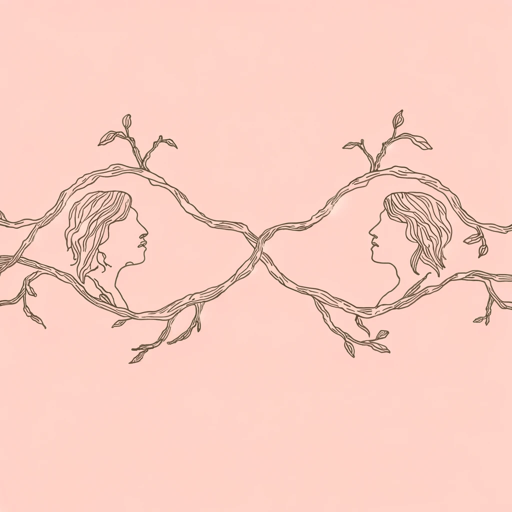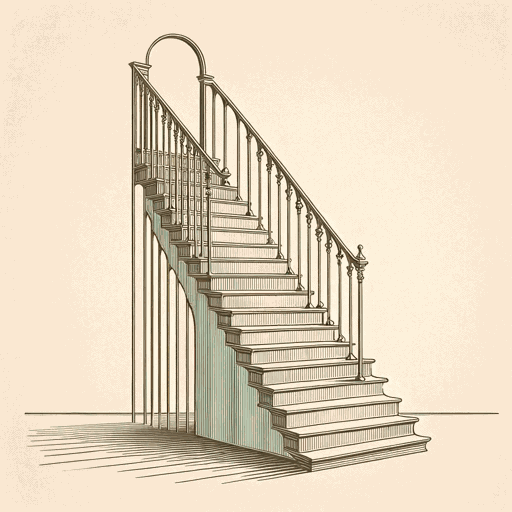63 pages • 2 hours read
Christina RossettiGoblin Market
Fiction | Poem | Adult | Published in 1862A modern alternative to SparkNotes and CliffsNotes, SuperSummary offers high-quality Study Guides with detailed chapter summaries and analysis of major themes, characters, and more. For select classroom titles, we also provide Teaching Guides with discussion and quiz questions to prompt student engagement.
Symbols & Motifs
Goblins
As discussed in Contextual Analysis, Rossetti structures her poem around fairy folklore’s tropes and story beats. Additionally, the various origins of the Fair Folk support many of Rossetti’s possible messages throughout “Goblin Market.”
Following Christianity’s spread throughout Europe, fairies became demoted gods, fallen angels, or Eve’s children whom God made invisible. All of these interpretations place the Fair Folk as opponents of God. The fallen angels and Eve’s children evoke arrogance and defiance against God’s will (Sigmundsdóttir, Alda. The Little Book of the Hidden People. Little Books Publishing, 2015).
Rossetti was a devout Christian. The goblins stand in for the Devil within Rossetti’s religious beliefs framework. The Devil, also a fallen angel, tempts people to sin. Despite hearing warnings, Laura succumbs to the goblin’s offers of food. She then arguably engages in the sins of gluttony, lust, greed, and sloth. Laura longs for the fruit’s pleasures even as the fruit harms her.
As discussed in the Themes section, Laura’s illness and Jeanie’s death also frame the poem as one about confronting illness and mortality. Both Laura and Jeanie’s diseases come after consuming the goblins’ food. The goblins function like the grim reaper. The connection between fairies and death has long existed.
Featured Collections
Allegories of Modern Life
View Collection
Appearance Versus Reality
View Collection
Beauty
View Collection
Brothers & Sisters
View Collection
Challenging Authority
View Collection
Community
View Collection
Earth Day
View Collection
Education
View Collection
Good & Evil
View Collection
Nature Versus Nurture
View Collection
Power
View Collection
Safety & Danger
View Collection
Short Poems
View Collection
Trust & Doubt
View Collection
Truth & Lies
View Collection


